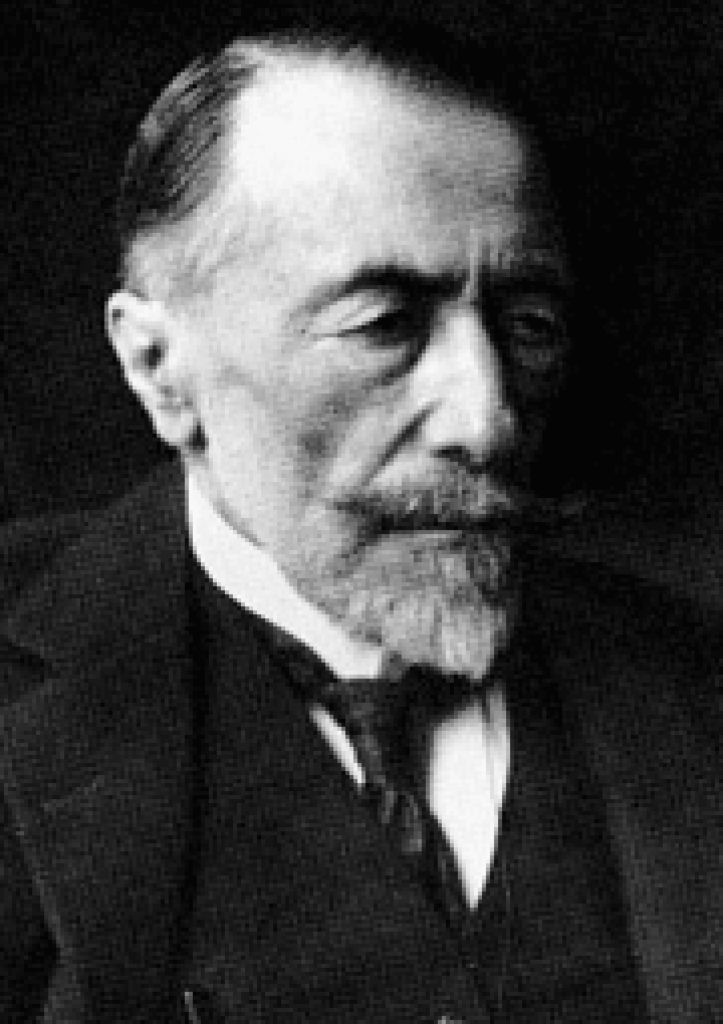
Tuesday
This is a follow-up to yesterday’s post about how Joseph Conrad’s Heart of Darkness provides special insight into white terrorism. At one point I mentioned Conrad’s own racism and sexism, which leads to an interesting literary question: can we consider a work a literary masterpiece if it has one-dimensional depictions of women and Africans? For that matter, what kind of wisdom can we expect from such a work?
Conrad is unquestionably one-dimensional when it comes to race and gender. In Chinua Achebe’s groundbreaking essay “An Image of Africa: Racism in Conrad’s Heart of Darkness,” the Nigerian novelist points out how Conrad uses Africans as a metaphor for bestiality. Kurtz’s “descent” to the Africans’ life style—at least as imagined by Conrad–symbolizes the darkness at the heart of Europe’s Christian civilization.
Contrast Conrad’s Africans, whom he depicts as a howling mob, with Achebe’s Ibo tribespeople in Things Fall Apart, who have personalities, histories, vices and virtues, and all those other things that make someone fully human. Nor is it a convincing defense to say that the narrator Marlow, not the author Conrad, has this limited perspective. Conrad sets up his novella in such a way that we are given no other options.
This is equally true of how Conrad depicts women. They are either naïve idealists like Marlow’s aunt, angels on the hearth like Kurtz’s Intended, or sensual earth goddesses like Kurtz’s jungle companion.
Nevertheless, Conrad is useful for understanding the fears of white men, including today’s white terrorists and those who go easy on them (including the president). It’s because of Conrad’s racism and sexism that he provides us such a clear picture of white panic when begin to rise. The insecure need to see oneself as superior requires designating others as inferior.
Marxist literary scholar Terry Eagleton explains how Conrad’s perspective makes him valuable. “The pessimism of Conrad’s world view,” he writes in Marxism and Literary Criticism, is “a unique transformation into art of an ideological pessimism rife in his period.” What Conrad captures, Eagleton believes, is “a drastic crisis in the ideology of the Western bourgeois class to which Conrad allied himself.”
In other words, Conrad turns the crisis he is experiencing into art, and because he does so skillfully and unflinchingly, he opens up an important window into white men. Eagleton says that he’s not the only conservative author whose politics are less important than his insights:
Whether [such] insights are in political terms “progressive” or “reactionary” (Conrad’s are certainly the latter) is not the point—any more than it is to the point that most of the agreed major writers of the twentieth century—Yeats, Eliot, Pound, Lawrence—are political conservatives who each had truck with fascism….[I]n the absence of genuinely revolutionary art, only a radical conservatism, hostile like Marxism to the withered values of liberal bourgeois society, could produce the most significant literature.
I agree with Eagleton, but only to a point. Conrad’s portrayal of Kurtz slumming in the jungle—whites doing blackface is a milder version of this—does indeed get at an essential dimension of white terrorism. When they slip the bounds of society’s customary restraints, such men are capable of practically any savagery. The New Zealand massacre is only the latest example.
Similarly, that Marlow feels he needs to protect the innocence of Kurtz’s Intended is also a trait shared by many white supremacists. His concealing from her Kurtz’s real character is more for his own protection than for hers. “It would have been too dark—too dark altogether,” he says, but the darkness he fears is his own dark soul. Similarly, when the KKK talks about defending the honor of white womanhood, it is not their women but their own inner fragility that they are protecting. They fear a stain upon their whiteness, which they use women to symbolize.
Where Eagleton falls short, I think, is in treating art only as a symptom of history. The greatest artists transcend their times. Imagine if Conrad had truly taken a risk, for instance, he would have had Marlow tell the Intended the truth about Kurtz. Perhaps, in writing about the subsequent interaction, he would have discovered that women are not the fragile vessels he imagines them to be. Maybe he would have created a multi-dimensional Intended in the process. But because he thought that only white men have such depth, he has Marlow chicken out, as he himself is chickening out.
For a contrast, think of the magnificently complex woman that Chaucer creates in the Wife of Bath, despite the constraints of medieval misogyny. Think of the many Shakespeare characters who defy conventional stereotypes, starting with Shylock–characters who are “not of an age but of all time.”
We owe Conrad a debt because he gives us important insights into the pressing issue of white male rage. He lacks the talent, courage or imagination to see beyond the problem he sets forth, however.

